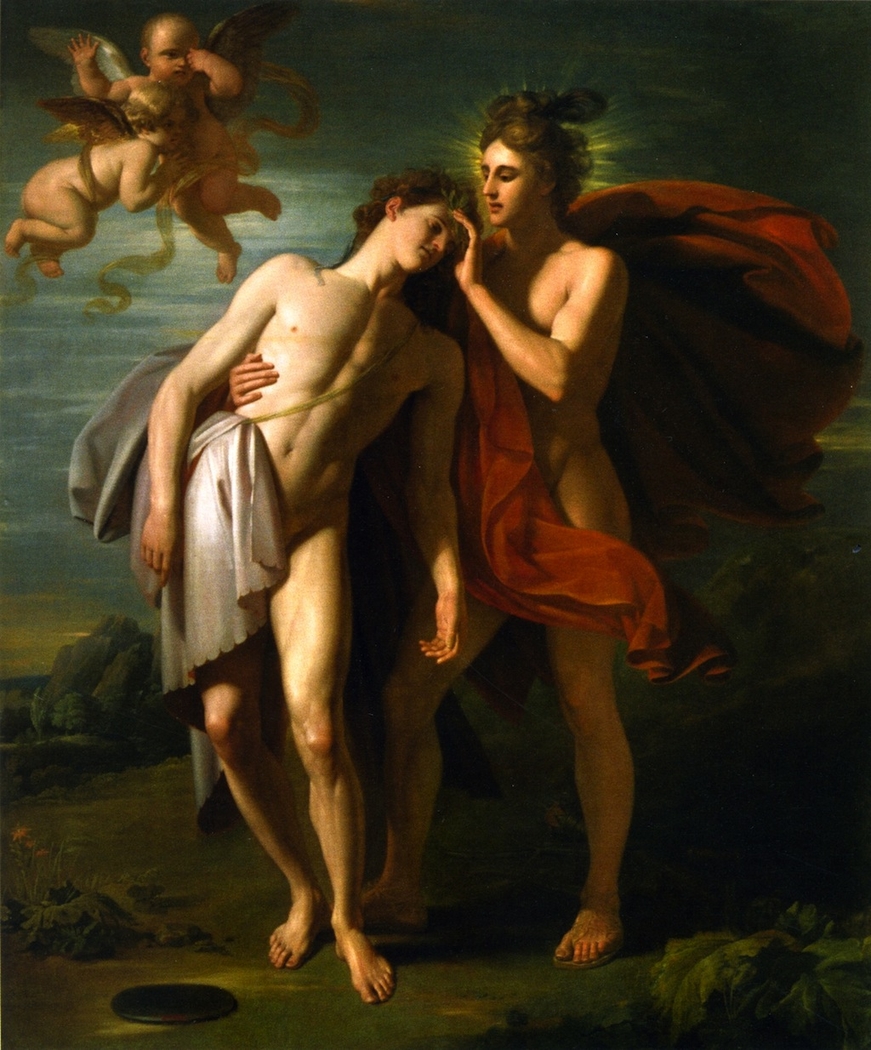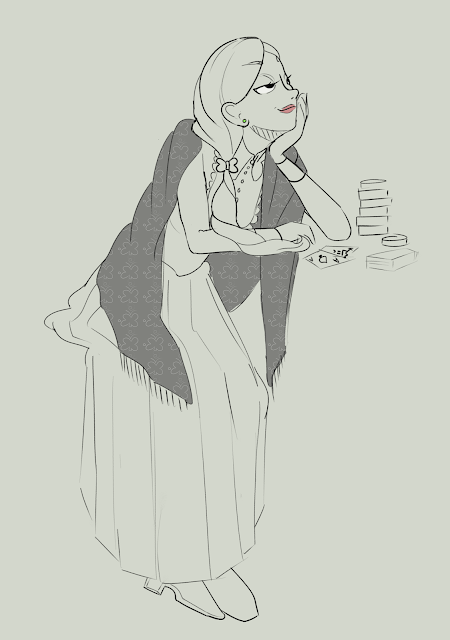I have completed illustrations for sunflower, hyacinth and lotus.
Firstly sunflower:
The meanings of the sunflower are:
"Ambition; Constancy; Devotion; False appearance; False riches; Flexibility; Good luck; Haughtiness; Healing; Homage; Inspiration; Lofty thoughts; Loyalty; Nourishment; Opportunity; Power; Pride; Pure; Pure and lofty thoughts; Spiritual attainment; Strength; Unhappy love; Vitality; Warmth; Wealth."
Dietz, S. Theresa. The Complete Language of Flowers (Complete Illustrated Encyclopedia) (p. 104). Wellfleet Press. Kindle Edition.
I found evidence to suggest that sunflowers can be used to clean up uranium in soil. Apparently, fields have been planted at Chernobyl and Fukushima to try and reduce the long-term impact of a nuclear meltdown on the environment.
Also, sunflowers were the symbol of the Sunflower Student Movement in Taiwan since sunflowers implied positivity and hope for the future. My initial idea was to do an anti-nuclear protester and that evolved into a speaker at an anti-nuclear conference.
Since sunflowers are native to america I tried to find native american stories with sunflowers. I found one from the Sanpoil people. The story is about how Coyote was taught to fish salmon which he later taught to the anscentors of the Sanpoil people. The process of cooking the salmon involved laying it on sunflower stems and leaves. Because of this I based her apperence on native american actresses, I added a pattern of fish on her scarf and named her after two female native american rights activists: Zitkála-Šá or Gertrude Simmons Bonnin and Laura "Minnie" Cornelius Kellogg.
Development:
 |
| First draft |
 |
| Begining to develop the newspaper framing |
 |
| Final draft |
I have received feedback on this from my advisor so I have ideas on what I can change. To keep on schedule I think I'll leave edits untill when I'm assembling the book. At the moment I have 10 days alloted to it and my development portfolio on my gantt chart. I have some flexibility but I'll proceed with this schedule at the moment.
Secondly theres hyacinth:
The meanings of the hyacinth are:
"Benevolence; Constancy; Faith; Game; Games and sports; Gentleness of nature; Happiness; Impulsiveness; Jealousy; Love; Overcoming grief; Play; Protection; Rashness; Sport."
Dietz, S. Theresa. The Complete Language of Flowers (Complete Illustrated Encyclopedia) (p. 109). Wellfleet Press. Kindle Edition.
The primary inspiration is the story of Hyacinthos and Apollo from Ovid's Metamorphasis. Multiple men were in love with Hyacinthos who chose Apollo. One of the men who Hyacinthos rejected was Zephyrus, god of the west wind. One day Hyacinthos and Apollo taking turns throwing a discus when Apollo threw it and accidentally hit Hyacinthos on the head killing him. In some versions Zephyrus intentionally diverted the course of the discus to hit him. From his blood, Apollo created a flower. This flower was likely not what we consinder a hyacinth to be in modern times but either way the Hyacinth name is likely derived from Hyacinthos.
I chose to reimagine the discus game as disk golf to fit the "games and sport" flower meaning better.
Additionally, I was inspired by how Apollo is portrayed in art.
 |
| The Death of Hyacinthos Jean Broc 1801 |
 |
| The Death of Hyacinth Benjamin West 1771 |
In paintings depicting the death of Hyacinthos, Apollo can be identified by a red cloak. I tried to translate this to my illustration as a red hijab.
Finally, hyacinthine has been used to describe hair. For example, in "Helen" by Edgar Allan Poe and Homer's "Odyssey". The meaning derived from the term has been interpreted to indicate curly, dark hair.
Development:
 |
| First sketches. I decided I wanted hyacinth to feel friendly |
 |
| 3D and colour block out |
 |
| Initial colouring |
 |
I played around with the RGB levels since I wasn't happy with colour scheme as is
and ended up with bubblegum |
 |
| Changed Apollo from yellow to pink to avoid her standing out too much |
And lastly lotus:
The meanings of the lotus are:
"Beauty; Chastity; Divine female fertility; Eloquence; Enlightened one in a world of ignorant beings; Estranged love; Estrangement; Evolution; Far from the one who is loved; Forgetful of the past; Mere display; Potential; Purity; Resurrection; Spiritual promises; Truth; Virtuous."
Dietz, S. Theresa. The Complete Language of Flowers (Complete Illustrated Encyclopedia) (p. 148). Wellfleet Press. Kindle Edition.
Lotus flowers have two physical attributes that I took inspiration from: longevity and where they grow.
Lotus seed pods are able to remain viable for years. The oldest on record being a lotus that bloomed from seeds that were 1300 years old in China. Because of this I wanted to draw an older woman.
Also lotuses are planted directly into mud within a body of water. The lotus leaves are able to clean themselves which is why bloom clean once above the water. This self-cleaning property shown by lotuses is called the lotus effect. This has lead to interpretations of the lotus as representing beauty being born from unfavourable circumstances.
Additionally, lotus is used for a variety of food and drink particularly in east Asian cuisines. For example, lotus flower tea in Korea often uses a whole fresh lotus flower to brew and has associations with Buddism.
It reminded me of when I was in Tokyo and visited a garden with a teahouse. The garden was bang in the middle of the city so there was this wide open lake with dense foliage contransted with clinical office buildings right behind it. I used photos of the garden as inspiration for my composition.
Lakshmi is one of the godesses in Hinduism that part of the Tridevi, a triad of godessess, along with Parvati and Sarasvati. She is often portrayed standing or sitting on a lotus. She also is associated with owls which she uses as a mount. For my illustration, I picked out the spotted owlet as they aren't always nocturnal, are native to India and can be found in urban areas.
In Egypt, the lotus was used often in art. For example, in archetecture like columns.
Lastly, lotuses have two associated stories in Greek myth: the lotus-eaters and the Ovid myth of Dryope and Lotis. Both stories involve a lotus tree. The modern identity of this tree species is unknown if it was ever a real tree at all. The tree refered to in the Odyssey is theorised to potentially be a zizphus lotus which is a tree that is a relative of the jujube and is native to the mediteranian.
Firstly, the lotus-eaters were a race of people who lived on an island. The island's food sources i.e the lotus fruit were narcotics and put the the people into a state of apathy and they distanced themselves from the outside world.
Secondly, Dryope plucked a few flowers from a lotus tree to give to her infant son. Blood flowed from the broken stem. The tree was the nymph Lotis who was fleeing from a minor god Priapus. She turned herself into a tree to hide. As punishment for hurting the nymph, Dryope was turned into a tree herself.
Development:
 |
| First sketch |
 |
| Further detail and 3D model block out |
 |
| First colouring |
 |
| Final image after adjusting saturation levels to better match my other illustrations |
In the following week I'm going to do daisy next. I've made headway on my research for it so I have a fair idea in my head of what I'll do.




















Comments
Post a Comment